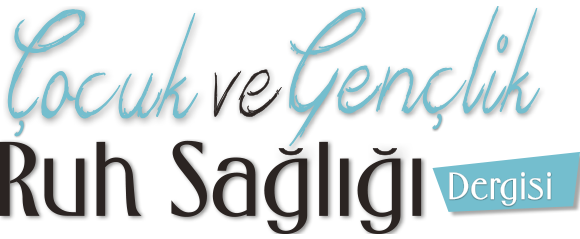ABSTRACT
Childhood attention deficit hyperactivity disorder (ADHD) is a risk factor for substance misuse and substance use disorder (SUD) in adolescence and (early) adulthood. ADHD and SUD also frequently co-occur in treatment-seeking adolescents, which complicates diagnosis and treatment and is associated with poor treatment outcomes. Research on the effect of treatment of childhood ADHD on the prevention of adolescent SUD is inconclusive, and studies on the diagnosis and treatment of adolescents with ADHD and SUD are scarce. Thus, the available evidence is generally not sufficient to justify robust treatment recommendations.
The aim of the study was to obtain a consensus statement based on a combination of scientific data and clinical experience. To reach a consensus based on the combination of scientific data and clinical experience, a modified Delphi study was conducted with a multidisciplinary group of 55 experts from 17 countries. The experts were asked to rate a set of statements on the effect of treatment of childhood ADHD on adolescent SUD and on the screening, diagnosis, and treatment of adolescents with comorbid ADHD and SUD. After 3 iterative rounds of rating and adapting 37 statements, consensus was reached on 36 of these statements representing 6 domains: general (n=4), risk of developing SUD (n=3), screening and diagnosis (n=7), psychosocial treatment (n=5), pharmacological treatment (n=11), and complementary treatments (n=7). Routine screening is recommended for ADHD in adolescent patients in substance abuse treatment and for SUD in adolescent patients with ADHD in mental healthcare settings. Long-acting stimülants are recommended as the first-line treatment of ADHD in adolescents with concurrent ADHD and SUD, and pharmacotherapy should preferably be embedded in psychosocial treatment. The only remaining noconsensus statement concerned the requirement of abstinence before starting pharmacological treatment in adolescents with ADHD and concurrent SUD. In contrast to the majority, some experts required full abstinence before starting any pharmacological treatment, some were against the use of stimülants in the treatment of these patients (independent of abstinence), while some were against the alternative use of bupropion. This international consensus statement can be used by clinicians and patients together in a shared decision-making process to select the best interventions and to reach optimal outcomes in adolescent patients with concurrent ADHD and SUD.



